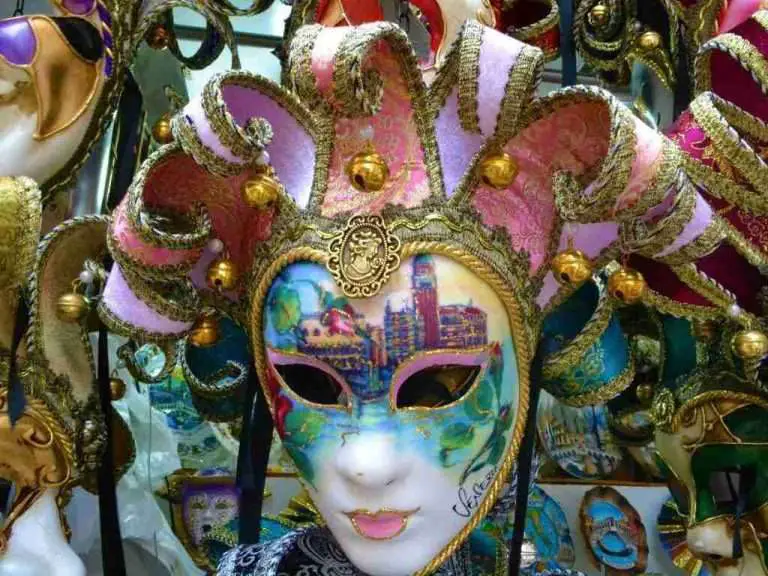
With 230 kilometers/143 miles of coastline along the Tyrrhenian Sea, Tuscany has some of the most pleasant beaches you’ll find anywhere. Sandy beaches, rocky beaches, beaches surrounded by nature, beaches on secluded islands — there’s a beach in Tuscany for everyone.
While I can’t profile every single beach for you, here is an overview of the some of the beach areas you can visit in Tuscany.
The Riviera Versilia

Tuscany’s most famous stretch of strand, framed by the marble-topped Apuan Alps, is called the Riviera Versilia. It features the chic resort of Forte dei Marmi (considered the “Hamptons” of Tuscany), the “Carnevale” town of Viareggio, and smaller seaside areas like Lido di Camaiore and Marina di Pietrasanta.
Versilia is popular in the region because, unlike many coastal areas south, it has a sandy shore. Yet, despite its popularity, Versilia has a ton of blue flag beaches, too. For more information, check out the Versilia Tourism website.
The Tuscan Archipelago

Many travelers forget that Tuscany has its own little set of islands to explore, the Tuscan Archipelago (Arcipelago Toscano).
The Tuscan Archipelago is made up of seven islands — Elba, Isola del Giglio, Capraia, Giannutri, Gorgona, Pianosa, and Montecristo — of which the first two are easiest to visit.
The mother of all islands of the Archipelago is Elba, itself famous for being where Napoleon was once exiled. Elba has the most hospitable beaches, plenty of restaurants and nightlife, and numerous connections to the mainland via ferry from Piombino. Isola del Giglio, a mountainous island that is popular for windsurfing and scuba, is the second largest island of the archipelago. It is reachable by ferry from Porto Santo Stefano.
Tuscan Archipelago Map

Tuscan Archipelago Ferry Connections Map

The whole of the Tuscan Archipelago is designated as a national park, so many visitors like to go here for seaside activities and nature walks. Capraia, the third largest island, and Giannutri are more difficult to access than Elba and Isola del Giglio, and are ideal for those who want a real back-to-nature getaway.
Because of their substantial distance from the mainland, several of the Tuscan islands were once penal colonies, including Capraia; Gorgona; Pianosa; and Montecristo, the setting for Dumas’ classic The Count of Montecristo. The latter three islands have limited ferry crossings and have a daily limit on visitors.
More information about Elba and its sisters is available from the Arcipelago Toscano website. Check out this useful ferry map and schedule for the Tuscan Archipelago or search for ferries on Ferryscanner.
The Etruscan Riviera

Inland from the Archipelago, the so-called Riviera Etrusca (or Costa degli Etruschi) is the place to go in Tuscany if you’re looking for a natural beach getaway on the mainland. Stretching from Livorno to Piombino, this strand is mostly rocky, but has some sandy shores around Marina di Cecina and Castiglioncello.
As the name implies, you can also spend time investigating Etruscan ruins along the coast and inland among the pine groves. For more info on the Etruscan Riviera, check out the Costa degli Etruschi website.
Coastal Maremma

While the Maremma is traditionally considered to consist of mostly farmland, it does have a number of seaside towns, most of which are frequented by beach house owners from Tuscany and Lazio. But, coastal Maremma does have a little something for everyone.
Families will like Follonica and Marina di Grosseto. Chic resort-goers can choose from Porto Santo Stefano or Porto Ercole (both on the Promontorio dell’Argentario) or Punta Ala. Meanwhile, the interior pastureland and the Parco Maremma, which contains some untamed sandy beaches with craggy cliffs, are great for nature lovers.
Last updated on May 17th, 2023Post first published on April 8, 2008






